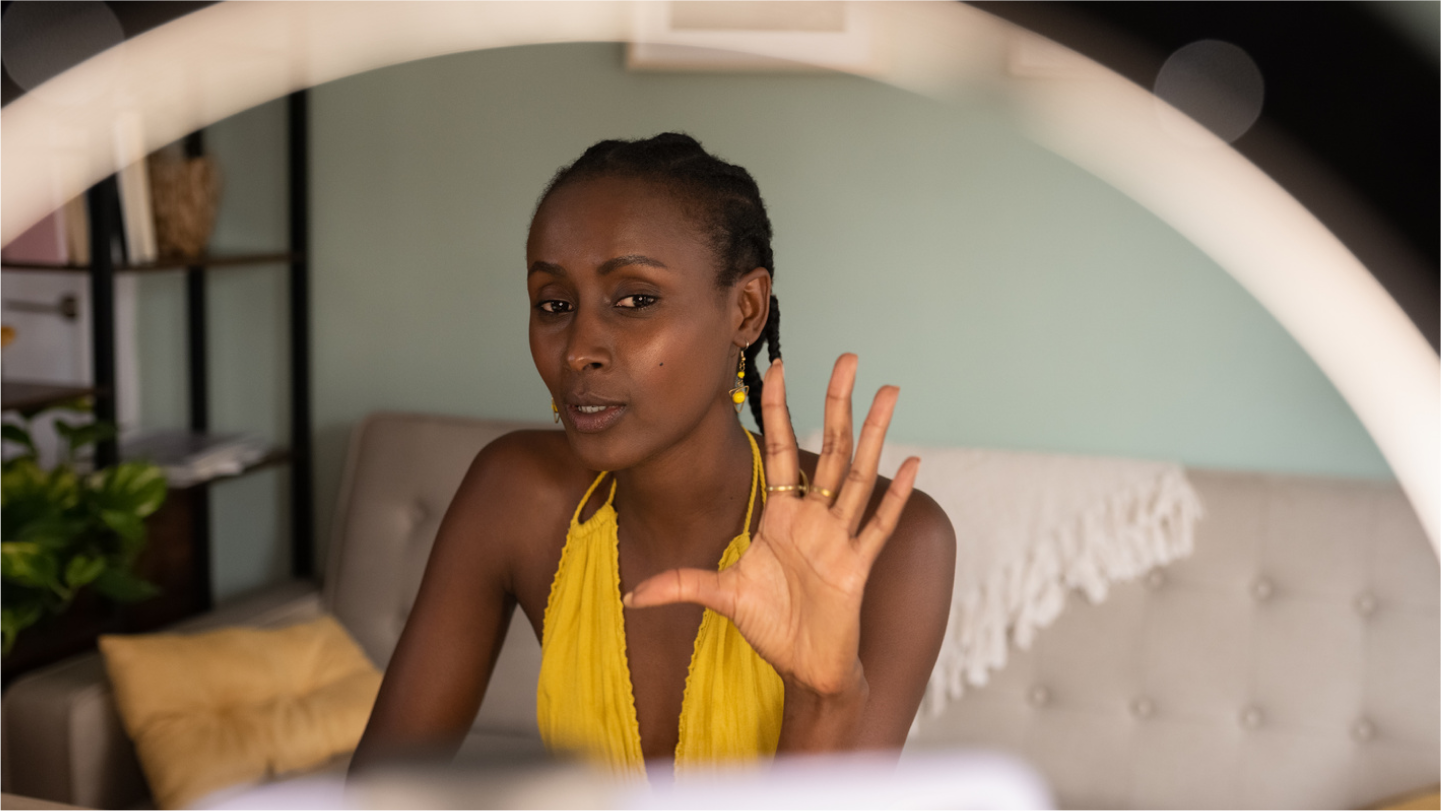How Pro YouTubers Make Intros



How Pro YouTubers Make Intros
If you're trying to grow on YouTube, the first 30 seconds of your video matter more than almost anything else. That’s where your audience decides if they’re in or out.
Top creators like Nick DiGiovanni, Mark Rober, and MrBeast don’t leave this part to chance. They treat their intros like a high-stakes pitch. Because that’s what it is.
Here’s how they do it. And how you can too.
Start with the title and thumbnail
Your intro doesn’t start when someone hits play. It starts when they see your title and thumbnail.
Your video needs to deliver on the packaging promise immediately. If the title and thumbnail say one thing and your intro feels like something else, people click off. Fast.
In a recent interview with Colin and Samir, Nick DiGiovanni gave insight into how he crafts his intros. He spends hours crafting every word, every pause. Nick uses his notes app on his phone to craft the intro. In Studio, creators use the Notepad or Storrbeats to craft their intros.
Regardless of where you script your intro, the idea has to click visually before it can work narratively. Visualizing your package BEFORE you shoot is critical to help validate if the idea can be packaged effectively.
Confirm the click in the first five seconds
The moment someone clicks, they’re asking: “Did I get what I came for?”
Your job is to say yes. Quickly.That’s why great intros often start with two key moves:
- The first sentence echoes the title
- The first frame mirrors the thumbnail
Mark Rober’s “Egg Drop From Space” nails this. The video opens with a shot of the egg held above Earth, just like the thumbnail. He says, “This is space. And this is an egg, moments before I attempted the world’s highest egg drop.” That opening locks the viewer in. It promises they’re about to get what they came for.
You can do the same thing. Just ask yourself: does the first five seconds match the promise?
Introduce the story fast
Once you’ve confirmed the click, it’s time to show what the video is really about. Most creators do this with a simple challenge or goal. In Nick’s collab with Mark Rober, he lays it out clearly:
“Today, I'm going to turn Mark into a master chef. I'll start by putting him through an intense culinary boot camp. And once he masters the three most important skills in the kitchen, he'll attempt to cook a gourmet meal all by himself, completely from scratch”
There’s a hook. There’s structure. There’s a reason to watch all the way through.
The viewer knows what they’re in for. And they know when it’s over. That’s what drives retention and ultimately satisfaction.
What’s the setup? What’s the goal? What do we need to see by the end?
Use curiosity and effort to keep them watching
Once the premise is clear, great creators keep attention with two levers: open loops and effort.
Open loops are simple. You hint at something that’s coming later, but don’t fully explain it yet. “This took me three years to figure out.” “We tried something no one has done before.” “He has no idea what’s about to happen.”
These small teases keep people watching.
Effort matters too. When creators mention how much time, money, or energy went into a video, it increases perceived value. That’s called input bias. We value things more when we know they are hard to make.
Nick mentions how draining his videos are. Mark talks about years of testing. Even newer creators can show effort through behind-the-scenes shots, quick asides, or editing that looks handcrafted.
Make sure it works without sound
A lot of views start on mute. So the first few seconds of your video need to work visually, not just verbally.
That means movement. Color. Emotion. Something needs to be happening right away.
Nick’s older videos were just him talking to camera. No food. No visuals. No motion. Today, he opens with bold colors, clean cuts, and a sense of momentum even before you turn the volume on.
If you watch your intro with the sound off and nothing grabs your attention, go back and add visual cues. People scroll fast. Give them a reason to pause.
Edit for rhythm
Great intros have flow. They feel like they’re going somewhere.
You’ll notice top creators change visuals fast. MrBeast changes shots every 1.4 seconds. Mark Rober averages every 1.6. Nick listens to his intros like music. If something feels off rhythmically, he trims it. Even by milliseconds.
He’s not just guessing. He reworks his intros again and again until they feel right.
If you want to do the same:
- Keep cuts tight
- Avoid static shots
- Add camera movement, zooms, or overlays
- Layer in music and sound design that drives energy
Watch your intro with volume on and then again with the volume off. If it doesn’t hold up in both cases, keep cutting.
Try this formula for your next intro
Here’s a quick recap of what the pros do:
1. Package first - nail your title and thumbnail before you shoot. Studio can help you ideate, validate and package your video idea.
2. Confirm the click - your first sentence and shot should match the title and thumbnail.
3. Set the stakes - make it clear what we’re watching and why.
4. Create curiosity - open a loop. Don’t answer it right away.
5. Show the work - let us feel how much effort went into the video.
6. Edit for feel - keep things moving. Cut what doesn’t hit.
Every hit video starts with a strong intro. And every strong intro starts with clear thinking.
Want to go deeper? Watch Aprilynne Alter’s how to make a killer youtube intro (to blow up your channel).
You’ll never write your first 30 seconds the same way again.




.png)

.png)